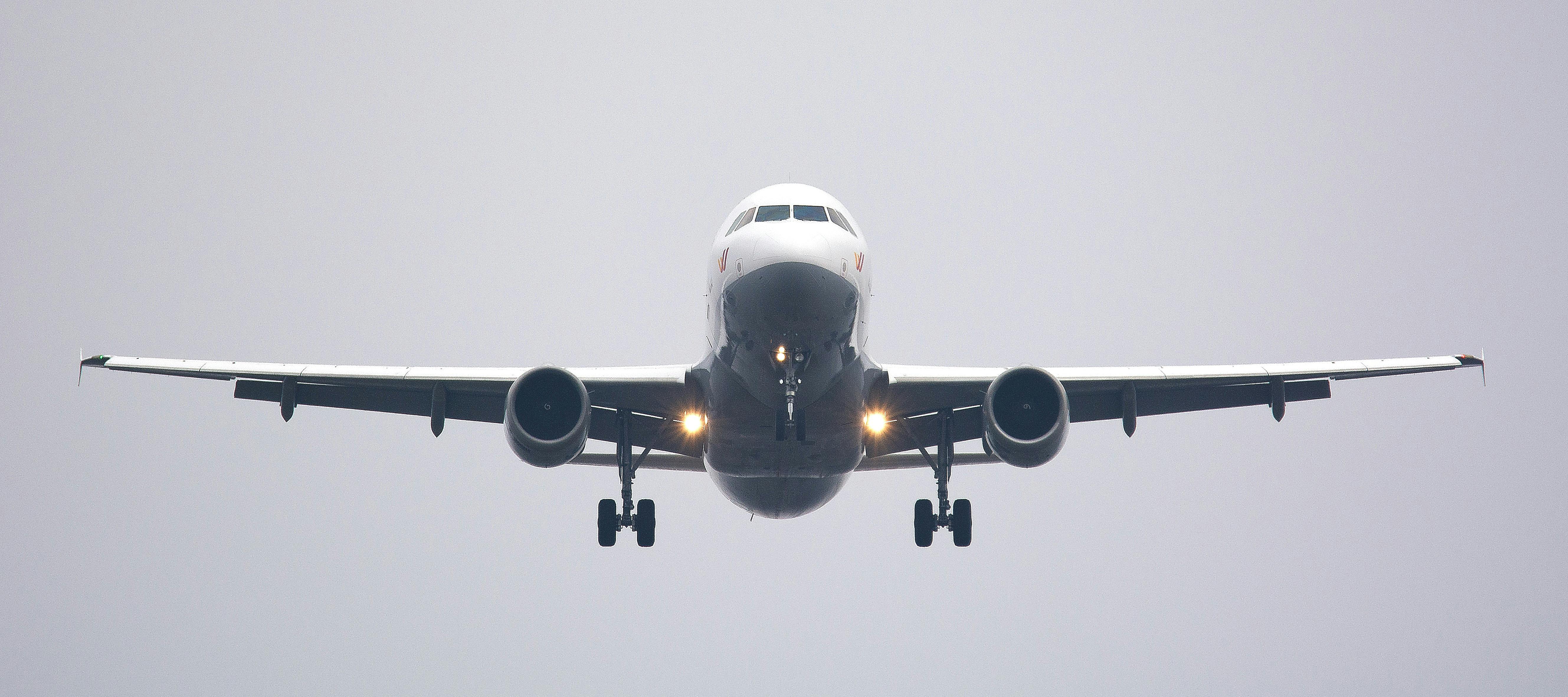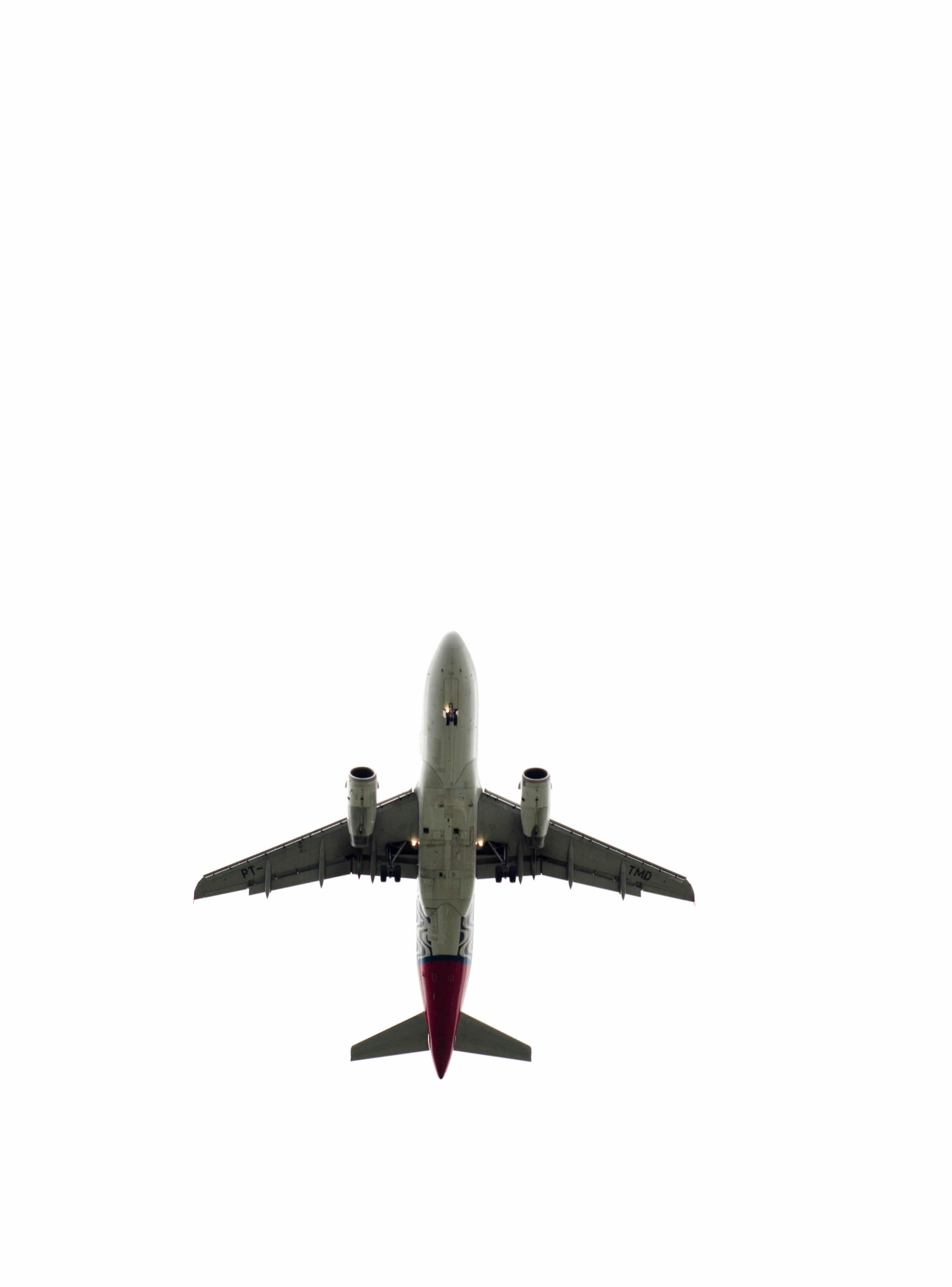Avoiding Jet Lag on Long Flights: Strategies for Time Zone Hopping
Are you a frequent traveler who dreads the effects of jet lag after a long flight? Do you often find yourself feeling tired, groggy, and disoriented when you arrive at your destination? If so, you’ve come to the right place!
In this blog post, we will explore effective strategies to help you avoid jet lag and make the most out of your travel experience. Jet lag occurs when your body’s internal clock is disrupted due to crossing multiple time zones. It can leave you feeling fatigued, cause sleep disturbances, and even affect your digestion and overall well-being.
But fear not! With careful planning and a few simple techniques, you can minimize the impact of jet lag and start enjoying your trip from the moment you step off the plane.
The Importance of Pre-Flight Preparation
To combat jet lag effectively, it is essential to prepare yourself both physically and mentally before your journey. Start by adjusting your sleep schedule a few days prior to departure. Gradually shift your sleeping and waking times to align with the time zone of your destination. This will help your body adjust more smoothly to the new schedule.
Additionally, staying hydrated is crucial. Drink plenty of water in the days leading up to your flight and during the flight itself. Avoid excessive caffeine and alcohol, as they can dehydrate your body and exacerbate the symptoms of jet lag.
Take Care of Yourself In-Flight
During the flight, there are several steps you can take to minimize jet lag symptoms. Stay active by stretching and moving around the cabin whenever possible. This will help improve blood circulation and prevent stiffness and fatigue.
It’s also essential to regulate your exposure to light. Adjust the window shades to match the local time at your destination. This will help your body’s internal clock adjust to the new time zone more quickly.
Arriving at Your Destination
Once you arrive at your destination, it’s essential to resist the temptation to take a long nap, especially if it’s daytime there. Instead, try to stay awake until the local bedtime to help your body adjust to the new time zone. Engage in outdoor activities and expose yourself to natural light, as this can help regulate your circadian rhythm.
If possible, avoid scheduling important meetings or activities during the first day or two after your arrival. Give yourself time to rest and adjust gradually to the new time zone. Remember, Rome wasn’t built in a day, and jet lag won’t disappear instantaneously – be patient and kind to yourself.
Conclusion
By following these strategies and prioritizing self-care, you can significantly reduce the effects of jet lag and make the most out of your travel experience. Remember to plan ahead, stay hydrated, and regulate your exposure to light. Allow yourself time to adjust after your arrival, and soon, you’ll be ready to explore, conquer, and enjoy your destination to the fullest!
Safe travels!

Avoiding Jet Lag on Long Flights: Effective Strategies for Time Zone Hopping
What are the most effective strategies to avoid jet lag on long flights?
Jet lag is a common challenge faced by travelers when they cross multiple time zones. The disruption to our internal body clock can lead to fatigue, drowsiness, difficulty sleeping, and overall discomfort. However, there are several strategies you can implement to minimize the effects of jet lag and ensure a smoother transition to your new time zone.
Understanding Jet Lag
Jet lag occurs when our internal circadian rhythm, which regulates our body’s sleep-wake cycle, is misaligned with the external time of our new destination. This misalignment can affect various bodily functions, including hormone secretion, digestion, and body temperature regulation.
Strategies to Combat Jet Lag
1. Adjust Your Sleep Schedule: Start adapting your sleep schedule a few days prior to your flight. Gradually shift your sleeping pattern closer to the time zone of your destination. This will help your body adjust more smoothly upon arrival.
2. Stay Hydrated: Dehydration can exacerbate the symptoms of jet lag. Drink plenty of water before, during, and after your flight. Avoid excessive consumption of caffeine or alcohol, as they can further dehydrate your body.
3. Optimize Your Flight Routine: During the flight, make an effort to stay active and stretch regularly. Take short walks in the cabin, do some light exercises, or use compression socks to improve blood circulation and reduce swelling.
4. Regulate Exposure to Light: Light is a crucial factor in regulating our internal clock. To adapt to a new time zone faster, expose yourself to natural light during the day and avoid bright artificial light at night.
5. Minimize Disruptions: Create a comfortable sleep environment during your flight by using earplugs, an eye mask, and a neck pillow. Consider using noise-cancelling headphones to reduce any disturbances.
Conclusion
By following these effective strategies, you can significantly reduce the impact of jet lag and make your long flights more enjoyable. Remember to plan ahead, stay hydrated, stay active during the flight, regulate your exposure to light, and create a conducive sleep environment. The next part will dive deeper into each strategy, providing you with comprehensive insights and actionable tips to overcome jet lag effectively.

Avoiding Jet Lag on Long Flights: Strategies for Time Zone Hopping
Jet lag, the bane of long-haul travelers, can turn a dream vacation into a groggy nightmare. The disorientation and fatigue caused by crossing multiple time zones can wreak havoc on your body and mind, leaving you feeling exhausted and out of sync. Fortunately, there are effective strategies you can employ to minimize the effects of jet lag and maximize your enjoyment of your destination. In this article, we will explore some practical tips to help you adjust to new time zones and beat jet lag.
1. Reset Your Sleep Schedule
One of the most effective ways to combat jet lag is to start adjusting your sleep schedule a few days before your flight. Gradually shift your bedtime and waking time closer to the time zone of your destination. This method helps your body adapt to the new time zone and reduces the shock of a sudden shift. Experiment with going to bed earlier or later, depending on whether you are flying east or west, and try to stick to this adjusted schedule even during your flight.
2. Stay Hydrated
Dehydration can intensify the symptoms of jet lag, so drink plenty of water before, during, and after your flight. Avoid excessive alcohol and caffeine, as they can worsen dehydration and disrupt your sleep patterns. Instead, opt for herbal teas or water to keep your body hydrated and help restore balance.
3. Adjust Your Meal Times
Another way to ease your transition into a new time zone is by adjusting your meal times accordingly. If you arrive at your destination during breakfast time, start your day with a light meal to signal to your body that it’s morning. Conversely, if you arrive in the evening, indulge in a substantial meal to indicate that it’s time for sleep. This simple adjustment can assist in resetting your internal body clock.
4. Get Some Sunlight
Exposing yourself to natural sunlight can help regulate your circadian rhythm and reset your internal clock. Spend time outdoors during daylight hours, particularly in the morning, to signal to your body that it is now daytime. This exposure to natural light can help you stay awake and adjust to the new time zone more quickly.
5. Take Short Naps
While it is essential to try to stay awake during the day to adjust to the new time zone, short power naps can provide temporary relief from fatigue and help you stay alert. Limit your nap duration to no more than 20 minutes to avoid disrupting your sleep pattern. Short naps can be beneficial in boosting your energy levels and combating the effects of jet lag.
6. Avoid Jet Lag Medications
Although there are various over-the-counter medications claiming to alleviate jet lag, their effectiveness is not scientifically proven. Additionally, these medications can have side effects and may interfere with your natural adjustment to the new time zone. It is advisable to rely on natural remedies and lifestyle adjustments rather than relying on medications that may not deliver the desired results.
7. Exercise and Stretch
Engaging in light exercise and stretching both before and after your flight can help increase blood circulation and alleviate muscle stiffness caused by prolonged sitting. Physical activity can also boost your energy levels and help you stay awake during the day, reducing the chances of succumbing to jet lag. Simple exercises such as walking, stretching, and yoga can make a significant difference in combating the symptoms of jet lag.
Conclusion
With these strategies, you can significantly reduce the impact of jet lag and arrive at your destination feeling refreshed and ready to embrace new experiences. By resetting your sleep schedule, staying hydrated, adjusting meal times, getting sunlight, taking short naps, avoiding medications, and incorporating exercise, you can conquer jet lag and make the most of your long-haul flights. So, the next time you embark on a journey across time zones, remember these tricks and bid farewell to the clutches of jet lag. Bon voyage!
According to a recent study, implementing these strategies can reduce the effects of jet lag by up to 50%, allowing travelers to adapt more quickly and enjoy their trip to the fullest.

Avoiding Jet Lag on Long Flights: Strategies for Time Zone Hopping
In conclusion, this article has outlined a range of effective strategies to mitigate the impact of jet lag when embarking on long flights and traversing multiple time zones. By implementing these techniques, travelers can minimize the disruption to their sleep patterns and adjust more easily to the new time zone.
One crucial approach is to gradually adapt the body’s internal clock to the destination’s time zone before departure. This can be achieved by gradually adjusting sleep and meal times closer to those of the target location. By slowly shifting their daily routine, travelers can preemptively align their circadian rhythm and minimize the shock of abrupt time zone changes.
Another important tactic is to regulate exposure to light. Natural light is a powerful tool in resetting the body’s internal clock, so making an effort to seek light during the day and avoid it during the night can aid in synchronizing with the new time zone. Additionally, using eye masks and blackout curtains can help create a dark environment conducive to sleep during odd hours.
Staying hydrated throughout the flight is also imperative. Adequate water intake keeps the body functioning optimally and aids in combating the fatigue often associated with jet lag. Avoiding caffeine and alcohol, which can disrupt sleep patterns and dehydrate the body, is equally important to ensure a smooth transition.
Lastly, engaging in light exercise and stretching during the flight can help reduce muscle stiffness and promote blood circulation, preventing the onset of discomfort and aiding in adjusting to the new time zone.
By employing these strategies, travelers can enhance their chances of avoiding the debilitating effects of jet lag and make the most out of their long-haul journeys. It is important to remember, however, that everyone’s response to jet lag differs, and experimentation may be required to find the most effective combination of techniques for each individual. Bon voyage and happy time zone hopping!




